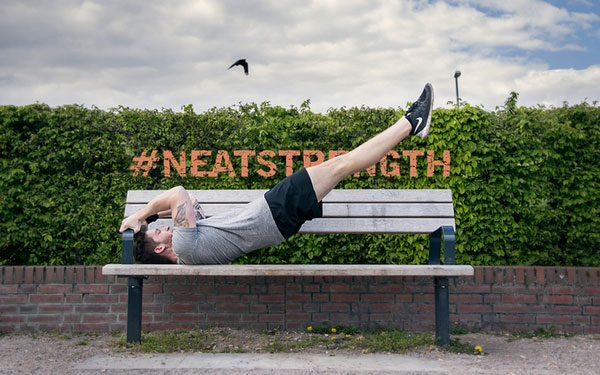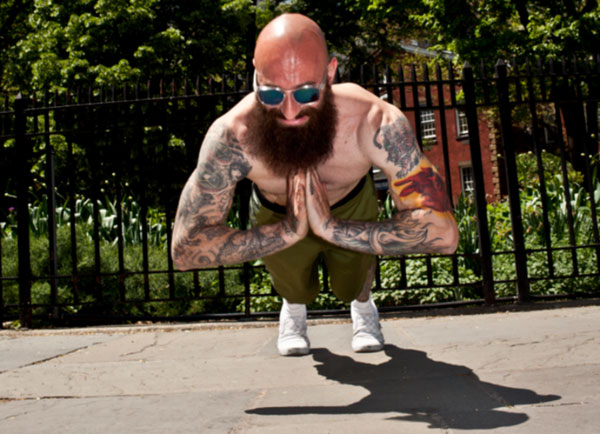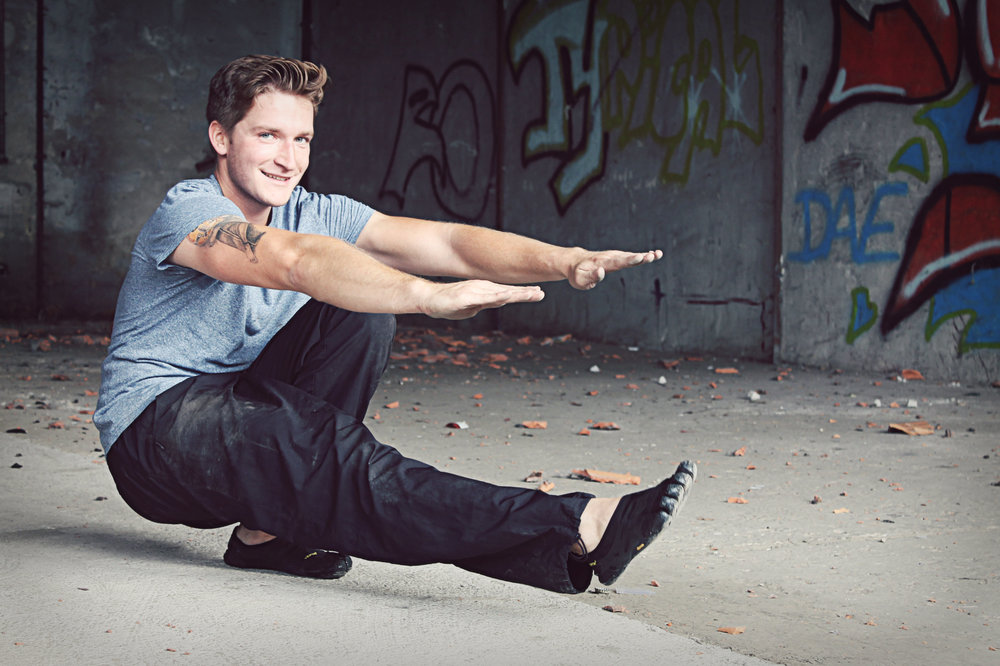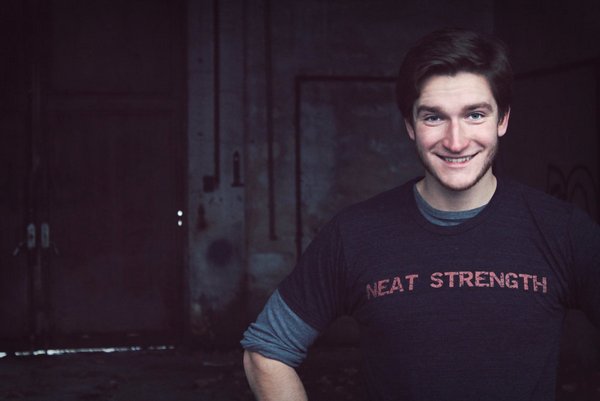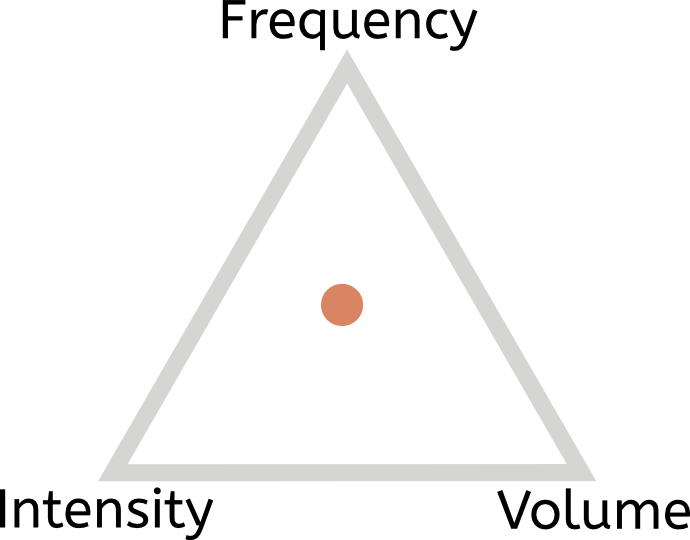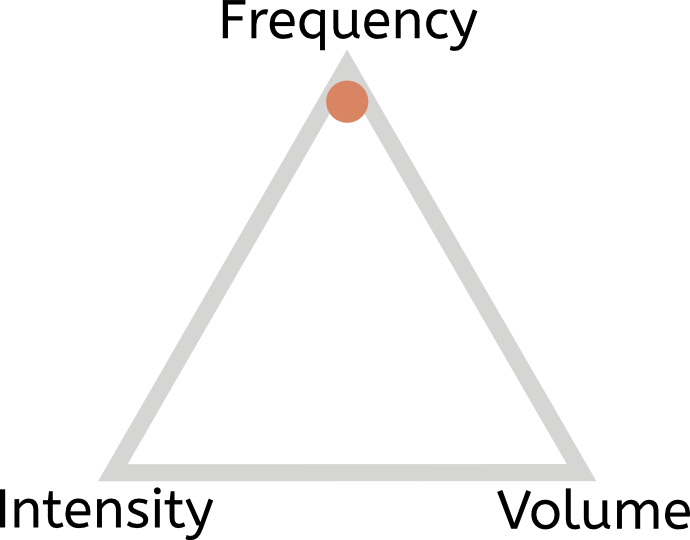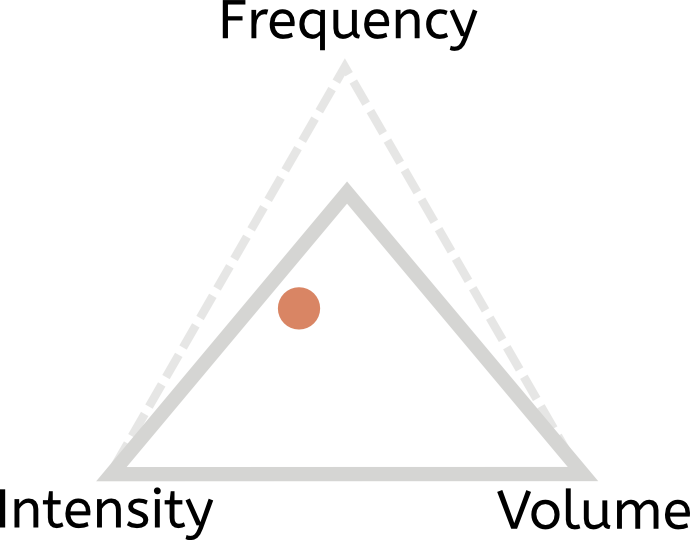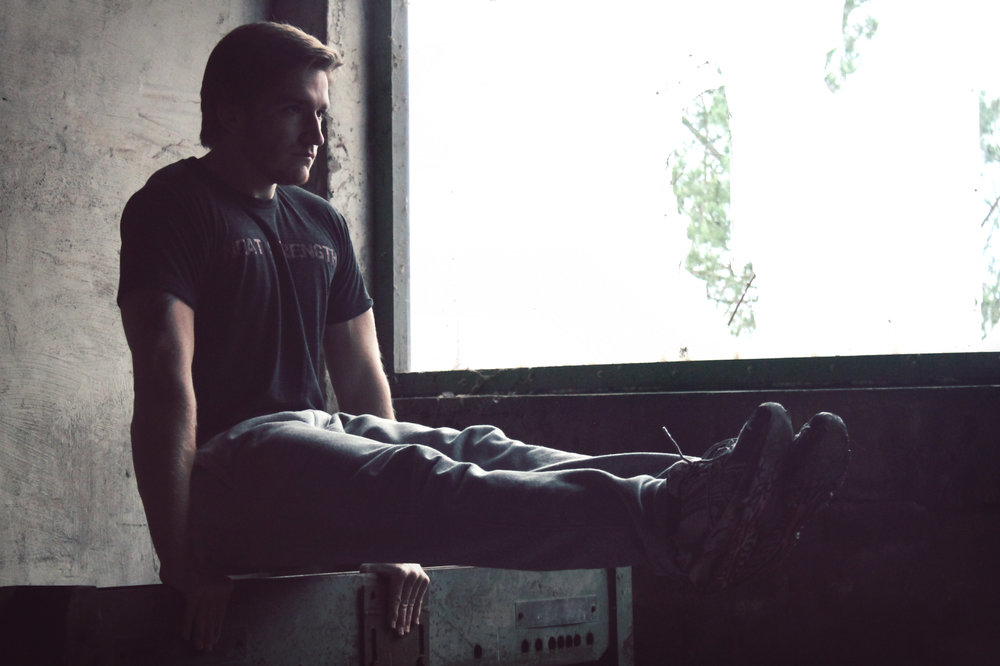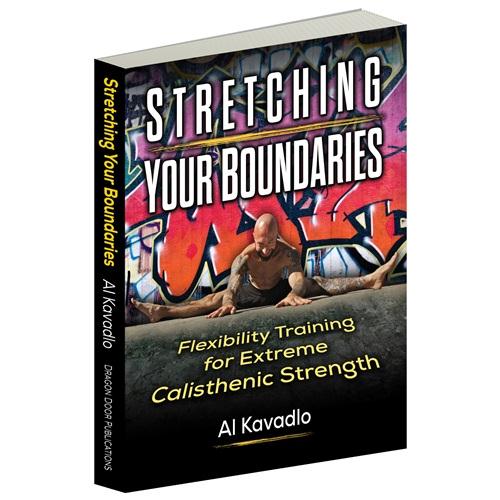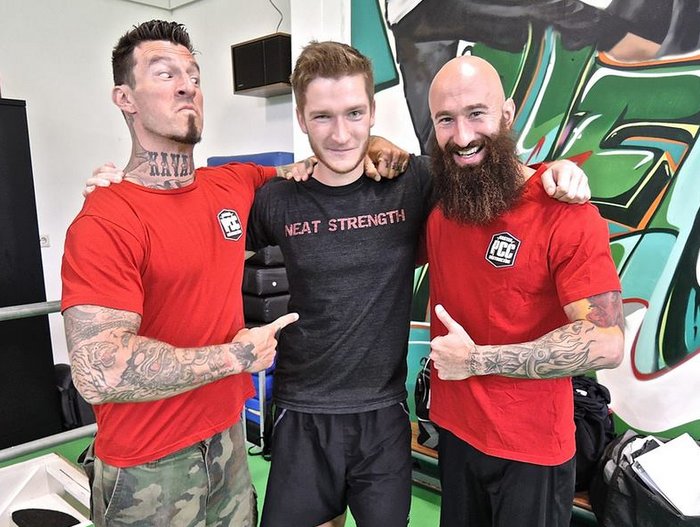
I’m still hung over. Not from having one too many—mind you other than maybe one too many muscle-ups.
This whole past weekend, I was on a constant dopamine rush. I took a little trip to the beautiful city of Haarlem, which is a half hour bus ride away from Amsterdam in the Netherlands.
From the time I stepped onto the airplane up until this moment, I’ve been maintaining a sheepish grin on my face.
All this happiness bursting out of me came from attending the Holland PCC . Not only was it a thrill to meet the PCC team for this workshop (Lead Instructor Al Kavadlo, Master Instructor Danny Kavadlo, and Instructor Grace Kavadlo) but also to be around so many like-minded fitness freaks.
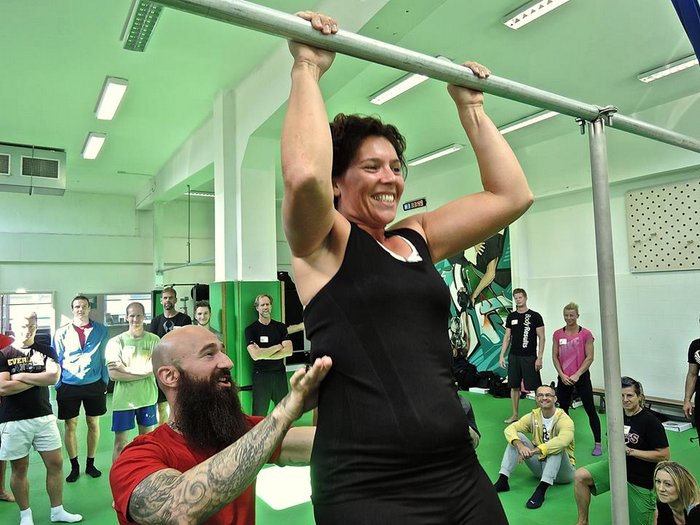
Once the whole crew and attendees gathered in a circle to introduce themselves, you could almost feel the room vibrating with all the positive energy everybody brought with them. With the first of many of Al’s signature “HEY, hey, heys” of this weekend, the group started to become a little family of fitness weirdos.
It was a blast to see everybody bringing their unique expertise to the table. I met attendees from all over the world (one person came all the way from Taiwan)! We had engineers, IT professionals, personal trainers, physical therapists, CEOs, martial artists, Street Workout World Cup participants, and many more. This is the kind of group you can’t replicate, which is part of the reason why this PCC workshop was such a unique experience.
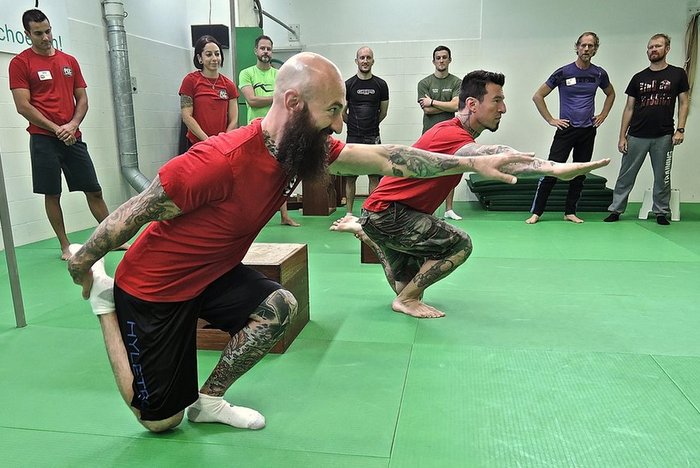
No matter where you come from, or your occupation, I can basically guarantee you’ll hit several PRs during a weekend like this. If it’s a new move that you’re trying for the first time, or one you’ve worked on for a while and now finally “get it”, you will push your physical limit on a weekend like this.
My own favorite PR was the mighty muscle-up. I’ve worked on this one for quite some time. But up until this weekend, the muscle-up was an elusive skill for me. I could do it on a good day when I was fresh but it wasn’t pretty when I got over the bar most of the time. After some cues from Al and Danny, it finally “clicked” with me. I got over the bar every single time I tried it. Afterwards, I had the urge to do muscle-ups throughout the weekend just to make sure I hadn’t lost it!
Not only did Al, Danny, and Grace do a fantastic job by providing helpful cues and tips, they managed to add significant value to everybody’s life just by sharing their humble and simplistic approach to calisthenics. You know these guys know their trade the moment they start to speak to a group. They are attentive speakers and involve everybody during a talk or a demonstration. I was more than impressed by how they skillfully managed to simultaneously tame and energize this group of fitness enthusiasts.
Special thanks goes to John Du Cane for making these events possible and to our host Martijn Bos and his wicked crew from Trainingscentrum Helena for their generous hospitality.
The PCC Instructor Manual, shirt, and certificate made up only a small portion of the things I took home with me. I formed new friendships, gained new insights for training people and I took home a bucket full of new skills and life experiences. I’m absolutely certain that every single one of my co-attendees feels the same way.
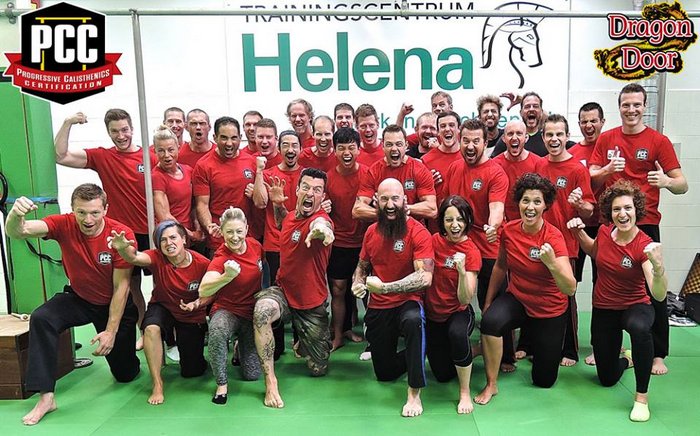
I’m grateful to be part of the PCC family and I look forward to welcoming new members to the clan!
-Silvio
Silvio Bauer, PCC Instructor, is an engineer by trade and a passionate minimalist training enthusiast. He writes about his training approach over at his website NeatStrength.com. You can follow him on facebook.com/neatstrength or on instagram.com/neatstrength/.
